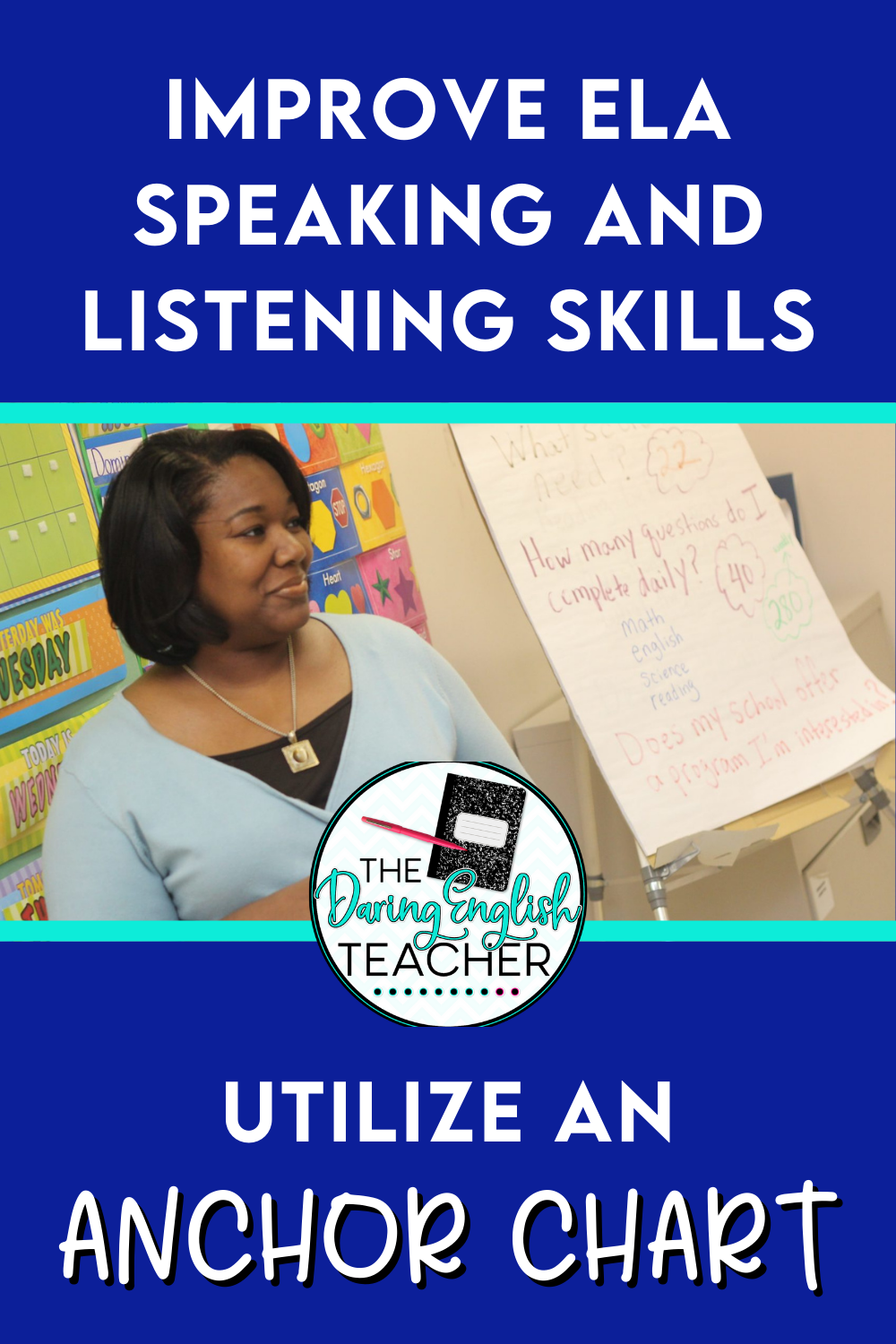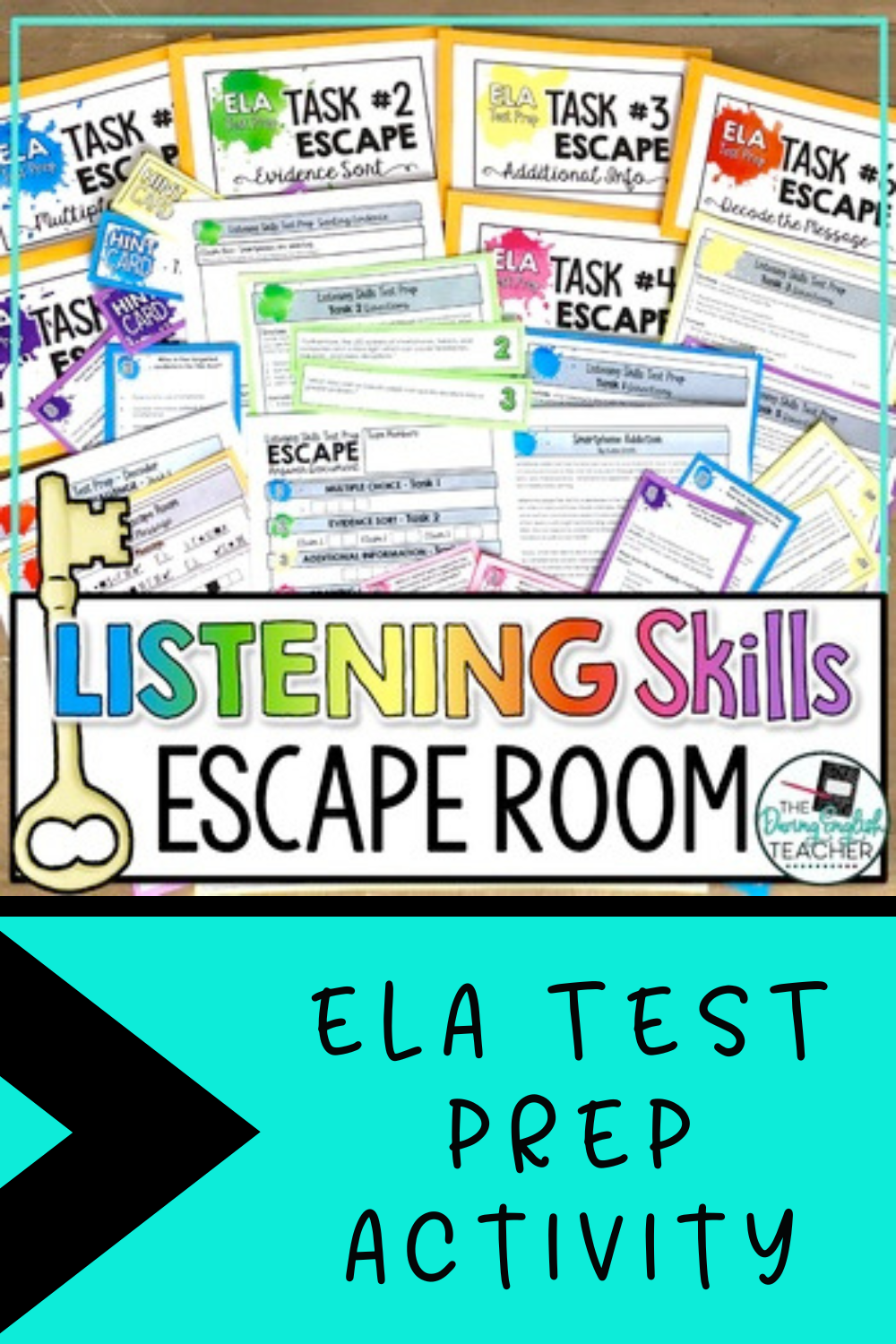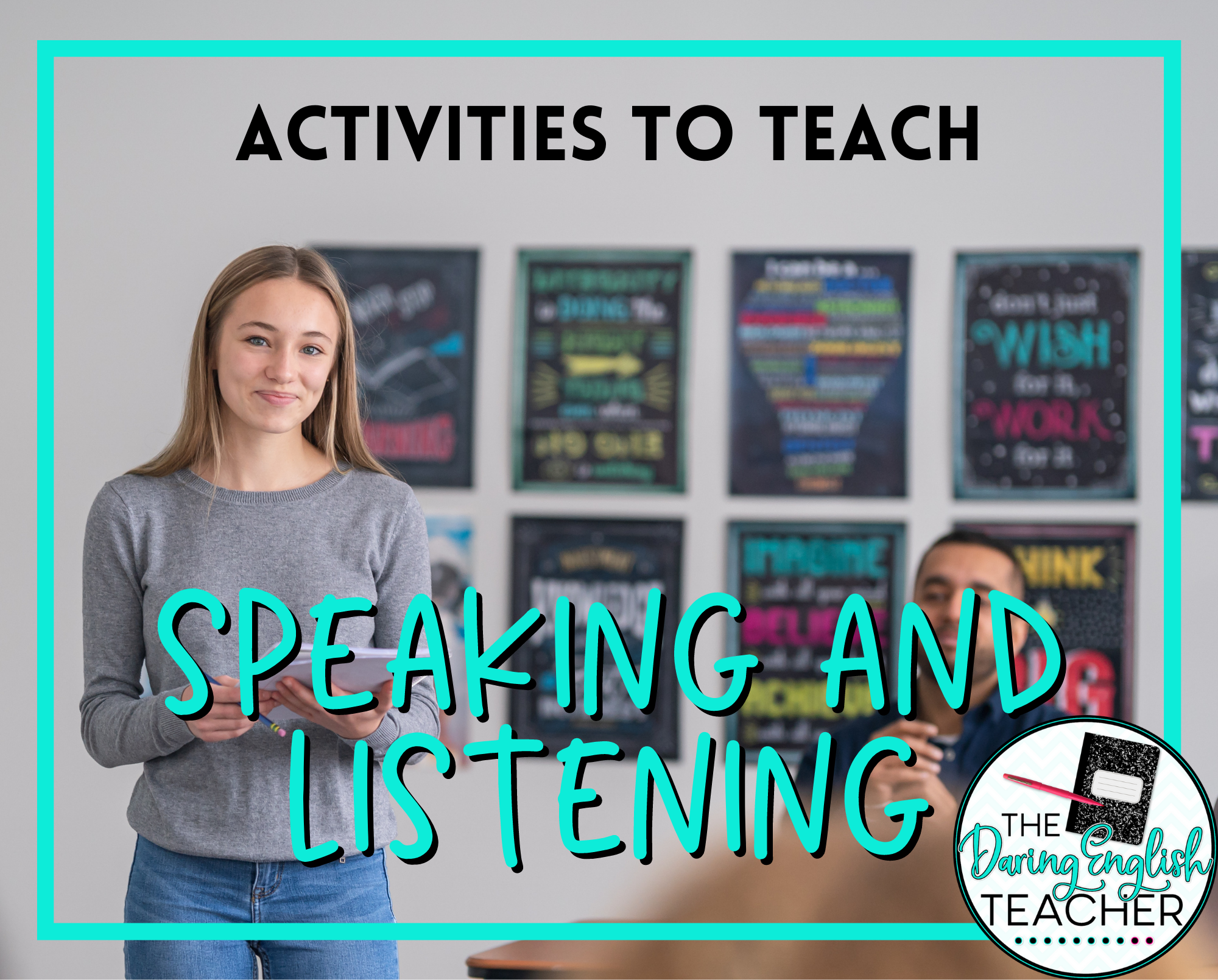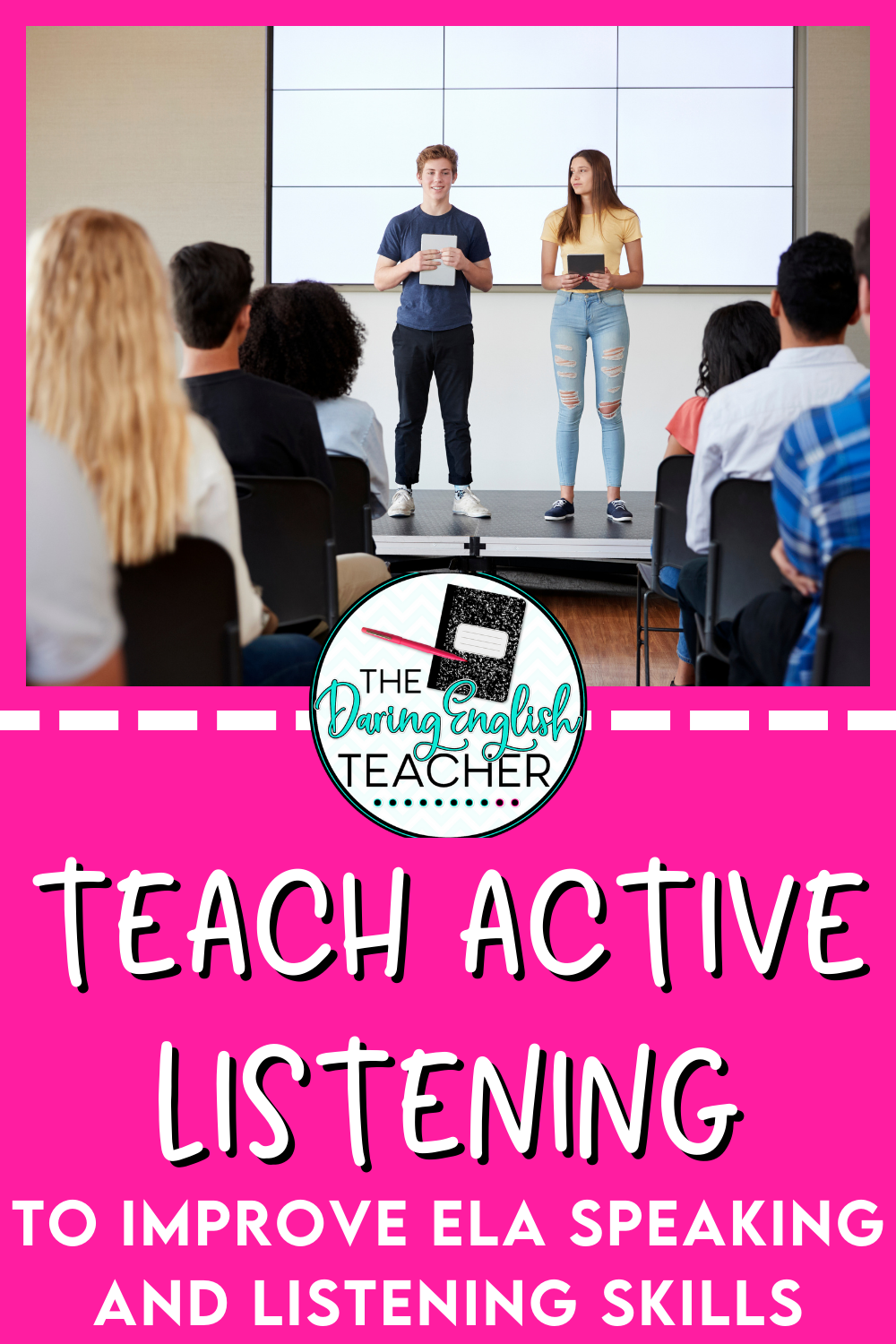Do you take time to focus on teaching speaking and listening skills? A lot of lessons and activities often focus on literature, reading, spelling, and writing. Sometimes the speaking and listening skills get lumped into lessons, or we realize we’ve really been lax on the speaking skills the first time we have students give a presentation.
However, students need to have dedicated opportunities to practice speaking and listening. Read on for activities you can incorporate into your classroom.
6 Strategies for Teaching Speaking and Listening
Create Anchor Charts
Have a lesson on appropriate ways to have an academic discussion and conversation. Make sure students are also contributing to the list created with the anchor chart. This is also a good way to develop classroom culture, as everyone will be on the same page regarding conversation expectations.
You can have varying anchor charts to help in all parts of the discussion, such as paraphrasing what someone says for understanding, asking for a rephrasing, honoring revisions, building upon a previous statement, and asking for reasoning. You can do this by giving students sentence frames to refer to.
Teach Active Listening
First, I never assume students know the skills I want them to use. Even if they “should” know or were expected to glean the information in the previous year. It may not be a long, dedicated lesson, but it’s important to assess where students are at for all skills. This includes listening.
I like to have a discussion with students about listening, and what it looks like. This might be a bellringer where they come to write what shows you’re listening. Or I might have a student volunteer to show the class what a terrible listener looks like. Some of my outgoing students really love to ham it up.
Basically, I want my students to show me they know what active listening looks like. For me, that includes having their phones put away, making eye contact, asking follow-up questions, not interrupting, and being able to paraphrase what was said. We also might include mirror emotions, and not shifting conversations to whatever you want to talk about. It’s not just about teaching active listening for lectures and presentations, but for all types of conversation.
Plan More Listening Activities
Rather than reading an article to introduce a topic to your students, listen to one. The more students practice listening, the better. Use sites like Listenwise.com and NPR to find audio that matches your content area. As students listen, they can take notes, make sketch notes, or just listen. In my classroom, I like to model listening twice. On the second listen, students will always pick up more information.
Practice Disagreeing
Students are not always going to agree or see eye-to-eye, and that is essential for fostering healthy classroom discussions. I think it is important to teach students that they do not always have to agree, but they need to be respectful. Teaching students how to disagree with one another respectfully is important. One way to prepare for disagreements is to have a discussion early on and give students the proper etiquette for disagreeing in a conversation.
You also might consider having students practice with light-hearted topics. This way, students have already had practice disagreeing in conversation before they are heated or react emotionally to another topic. Create a list of topics like whether the toilet paper roll gets put over or under, if dogs or cats are better pets, crunchy vs. smooth peanut butter, etc. It can bring a lot of laughs and eases the tension of practicing disagreeing by removing the emotional drive that often can spring up when students are confronted with differing views.
Set Student Goals
As a class or individually, give students clear direction on the particular skills they need to develop. If you notice your class has an issue with interrupting each other, create a hand signal or a reward for decreasing interruptions. Individual students might have speaking goals, such as decreasing their “fillers” when giving a presentation, or making more eye contact. Giving students one or two goals makes improvement more manageable.
Play Listening Games
Keep activities light-hearted with games to practice listening. Don’t overthink it. Do a couple of rounds of Telephone. You can even purposefully create a scenario for students to practice some of those bad habits with listening and speaking. For example, tell students they need to mumble and see how much the phrase changes. You can also do a following directions game where students work in pairs or small groups and have to give directions to build a small object or recreate a drawing. A really fun version of this is to have students write directions for a simple task like making a sandwich, and then you follow it exactly or make crazy assumptions that mess up the whole thing. It’s a great lesson on being clear in your expectations and explicit with your words.
Another fun listening activity to try is an escape room. I have a listening skills test prep escape room that is hands-on, engaging, and fun. It requires students to listen to an audio file and solve specific tasks relating to the audio file.
What have been your favorite activities for teaching speaking and listening skills? Do you have designated lessons you incorporate to help students strengthen their skills? Don’t forget to share your ideas and tips here in the comments!



